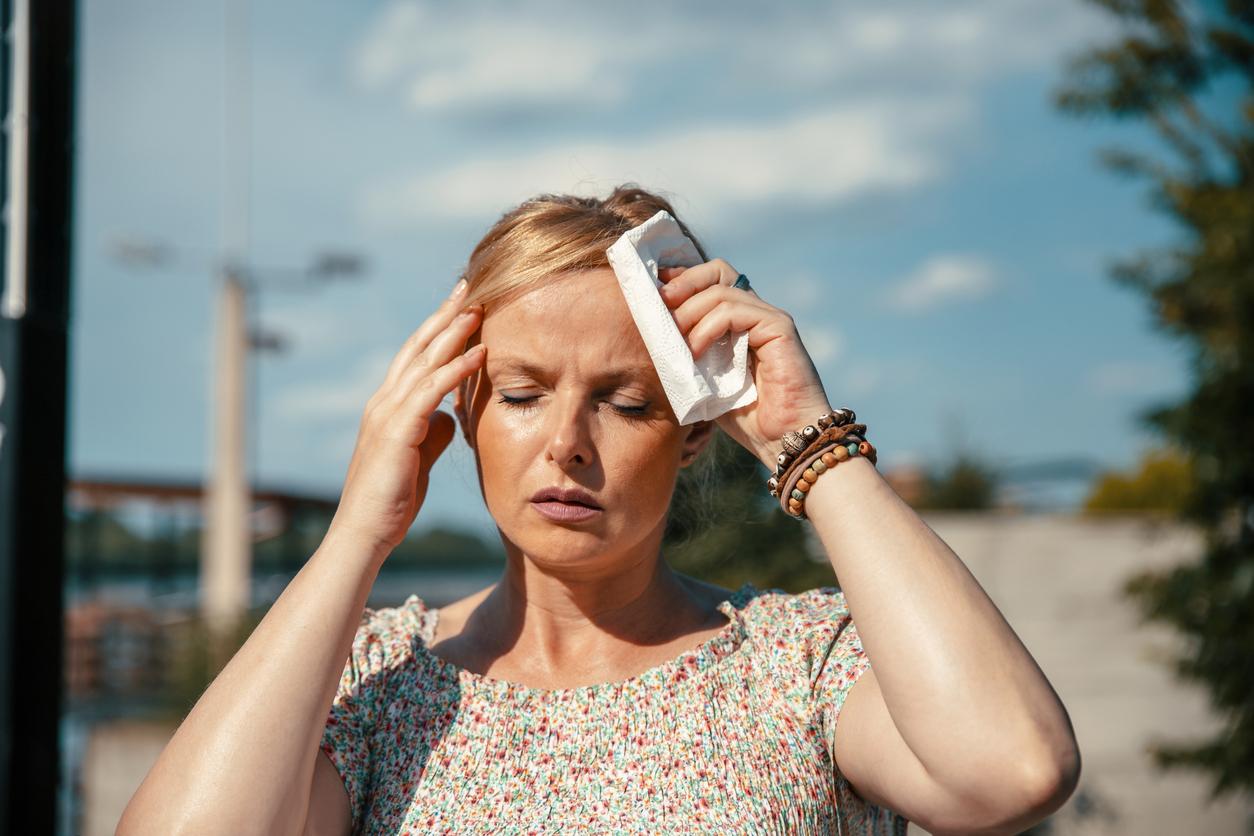In 2019, 123,000 people were hospitalized for a stroke. Based on data on their occurrence, frequency or even their sequelae, the Department of Research, Studies, Evaluation and Statistics (DREES) was able to determine that there were strong inequalities in the risk of suffering of a stroke but also in their management.
40% increased risk of stroke in precarious people
“Between 2014 and 2017, the frequency of occurrence of a stroke among people belonging to the poorest 25% is 40% higher than among those belonging to the wealthiest 25%” underlines Drees in its study. It is among the 45-64 year olds that this disparity is the most marked, with a probability of having a hemorrhagic stroke almost twice as high among the most modest compared to the most well-off.
>> A risk of sequelae also higher. After a stroke, several sequelae can occur, the most common of which are paralysis and language disorders. Belonging to the poorest 25% of people increases the risk of paralysis by 22% beyond 24 hours. The same applies to language disorders where the risk is increased by 11%.
The disparity of hospital care may, in part, explain this difference in sequelae. Indeed, belonging to the 25% of the poorest people reduces by 10% the probability of being cared for in a dedicated care unit (a neuro-vascular unit). However, in the case of ischemic strokes, being taken care of quickly in one of these neurovascular emergency channels makes it possible to quickly identify the cause of the stroke, to access specialized therapies such as thrombolysis and thrombectomy, and to organize the early implementation of rehabilitation.
More than one patient in 4 dies in the following year
27% of patients die in the year following their stroke with a notable difference according to the type of stroke: the percentage rises to 41% for hemorrhagic strokes against 23% for ischemic strokes.
“If we compare this risk of death with comparable demographic characteristics (age, sex, living alone, state of health and type of care), it appears that a high standard of living is associated with a reduction of 11% the risk of death at one year. Among ischemic strokes, the reduction in the risk of death at one year among the wealthiest is 13%” underlines the Drees.
Source:Studies and results n° 1219DREES, February 2022
Read also :
- Lower risk of stroke for heavy fish eaters
- One in four strokes is directly related to smoking


















